Home>Garden Essentials>How Often Should I Seed My Lawn
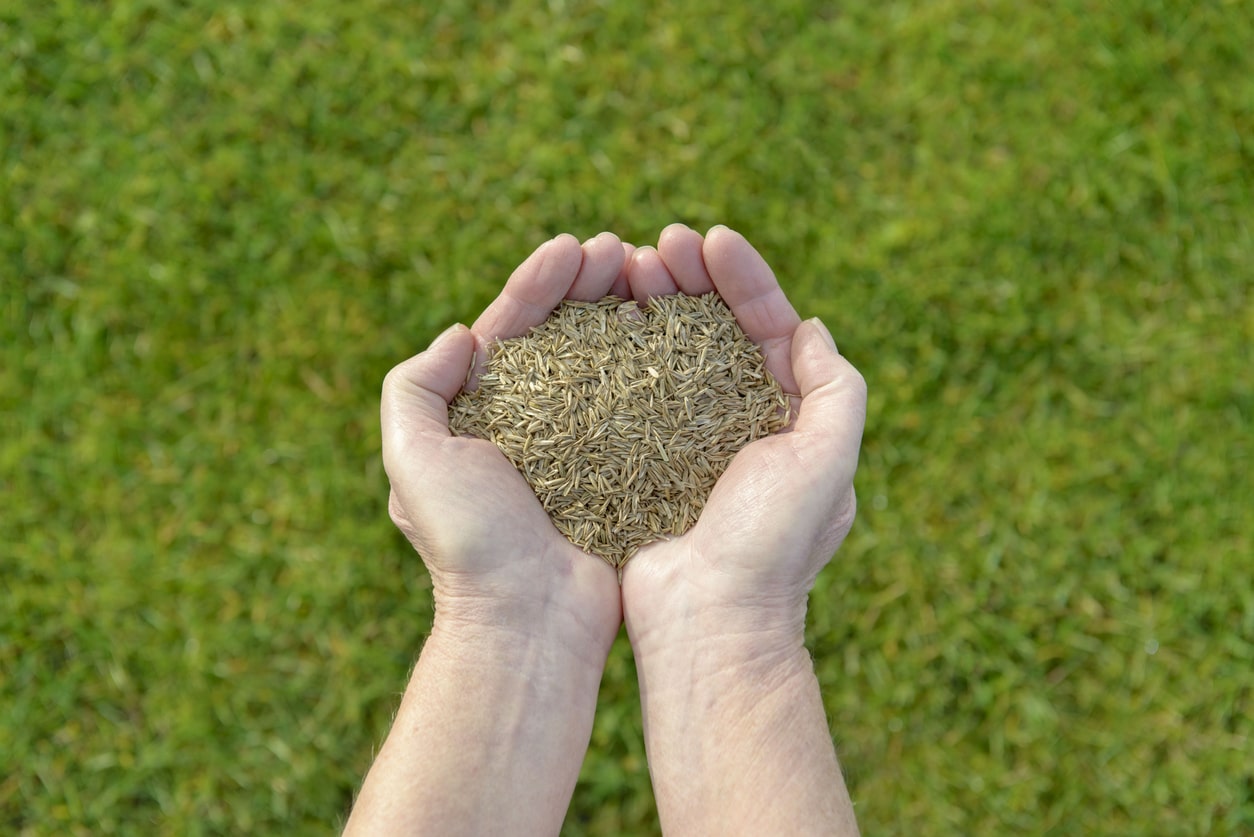

Garden Essentials
How Often Should I Seed My Lawn
Modified: March 27, 2024
Learn how often you should seed your garden and achieve a lush, healthy lawn. Get expert tips and advice for successful lawn seeding.
(Many of the links in this article redirect to a specific reviewed product. Your purchase of these products through affiliate links helps to generate commission for Storables.com, at no extra cost. Learn more)
Introduction
Welcome to the wonderful world of gardening and maintaining a lush, green lawn. One crucial aspect of lawn care is seeding, which involves sowing grass seeds to promote growth and fill in bare patches. However, many gardeners often find themselves wondering, “How often should I seed my lawn?”
Seeding your lawn regularly offers numerous benefits. It helps to repair damaged areas, improve the overall density of the turf, and establish a resilient grass root system. Additionally, regular seeding can enhance the beauty and aesthetic appeal of your lawn, making it a welcoming space for outdoor activities and gatherings.
The frequency at which you should seed your lawn depends on various factors. By considering these factors, you can determine the ideal seeding schedule that suits your specific lawn care needs.
Benefits of Seeding
Before diving into the topic of seeding frequency, let’s explore the significant advantages that come with regular lawn seeding.
1. Promotes Grass Growth: Seeding your lawn encourages new grass to grow, filling in sparse areas and creating a thicker, lusher carpet of green. This not only improves the appearance of your lawn but also helps prevent weed growth.
2. Repairs Damaged Areas: If your lawn has bare patches, whether due to foot traffic, pet activity, or disease, seeding can help restore those areas. It allows for the growth of fresh, healthy grass, covering up any unsightly spots and creating a uniform look.
3. Strengthens the Root System: Regular seeding strengthens the root system of your grass, making it more resilient and resistant to drought, disease, and pests. A robust root system is crucial for maintaining a healthy and thriving lawn.
Factors Influencing Seeding Frequency
Several factors should be taken into consideration when determining how often to seed your lawn:
1. Grass Type: Different grass species have varying growth rates. Cool-season grasses like Kentucky bluegrass and fescue may require more frequent seeding than warm-season grasses like Bermuda grass and St. Augustine grass.
2. Climate: The climate in your region plays a significant role in determining seeding frequency. In areas with long, cold winters, regular fall seeding is often recommended to give the grass enough time to establish before winter dormancy. Regions with mild climates may benefit from both fall and spring seeding.
3. Lawn Usage: If your lawn experiences heavy traffic, such as constant playing or regular footfall, it may require more frequent seeding to repair any damage caused and maintain its lush appearance. High-traffic areas tend to experience more wear and tear, resulting in the need for more frequent overseeding.
4. Soil Conditions: The health and quality of your soil can affect how well grass seeds germinate and establish. If your soil is poor or compacted, more frequent seeding may be necessary to promote healthy growth and fill in bare areas.
Key Takeaways:
- Regular lawn seeding promotes healthy grass growth, repairs damage, and enhances the overall appearance of your lawn, creating a lush and inviting outdoor space for activities and gatherings.
- Factors like grass type, climate, soil conditions, and local recommendations influence the ideal seeding schedule, ensuring successful germination and establishment of grass seeds for a vibrant and thriving lawn.
Read more: When Should I Aerate And Seed My Lawn
Benefits of Seeding
Before diving into the topic of seeding frequency, let’s explore the significant advantages that come with regular lawn seeding.
1. Promotes Grass Growth: Seeding your lawn encourages new grass to grow, filling in sparse areas and creating a thicker, lusher carpet of green. This not only improves the appearance of your lawn but also helps prevent weed growth. By introducing fresh grass seeds, you can enhance the overall density of your lawn and create a more vibrant and healthy turf.
2. Repairs Damaged Areas: If your lawn has bare patches, whether due to foot traffic, pet activity, or disease, seeding can help restore those areas. It allows for the growth of fresh, healthy grass, covering up any unsightly spots and creating a uniform look. Seeds germinate and develop into young grass plants, gradually filling in the damaged areas and blending seamlessly with the existing grass.
3. Strengthens the Root System: Regular seeding strengthens the root system of your grass, making it more resilient and resistant to drought, disease, and pests. A robust root system is crucial for maintaining a healthy and thriving lawn. The newly germinated grass seedlings develop a network of roots, anchoring them into the soil and absorbing nutrients and water more efficiently. This helps to establish a strong foundation for your lawn, ensuring long-term health and vitality.
4. Improves Disease and Weed Resistance: Over time, lawns can become susceptible to diseases and weed invasions. Seeding your lawn regularly helps to prevent these issues. By promoting a dense and healthy turf, seeded grass competes with potential weed seeds, inhibiting their germination and growth. Additionally, a vigorous lawn with a robust root system can better withstand diseases and recover quickly from any damage inflicted.
5. Enhances Overall Appearance: An aesthetically pleasing lawn adds value and curb appeal to your property. Regular seeding plays a pivotal role in maintaining an attractive and well-maintained lawn. By filling in bare patches and thickening the grass coverage, seeding creates a lush, green carpet that is pleasing to the eye. A healthy and vibrant lawn showcases your commitment to maintaining a beautiful outdoor space.
Remember, the benefits of seeding are not limited to just one application. Regular maintenance and seeding can provide long-term improvement and ensure the continued health and beauty of your lawn. By understanding the advantages of seeding, you can make informed decisions about when and how often to seed your lawn.
Factors Influencing Seeding Frequency
Several factors should be taken into consideration when determining how often to seed your lawn:
1. Grass Type: Different grass species have varying growth rates. Cool-season grasses like Kentucky bluegrass and fescue may require more frequent seeding than warm-season grasses like Bermuda grass and St. Augustine grass. Cool-season grasses thrive in regions with cold winters and mild summers, while warm-season grasses are better suited for hot and humid climates. Understanding the growth habits of your grass type will help you determine the appropriate frequency for seeding.
2. Climate: The climate in your region plays a significant role in determining seeding frequency. In areas with long, cold winters, regular fall seeding is often recommended to give the grass enough time to establish before winter dormancy. This allows the newly seeded grass to develop strong roots during the cooler months and be prepared for spring growth. Regions with mild climates may benefit from both fall and spring seeding to ensure a consistently healthy and vibrant lawn.
3. Lawn Usage: If your lawn experiences heavy traffic, such as constant playing or regular footfall, it may require more frequent seeding to repair any damage caused and maintain its lush appearance. High-traffic areas tend to experience more wear and tear, resulting in the need for more frequent overseeding. Consider the level of activity on your lawn and adjust the seeding frequency accordingly to keep it in optimal condition.
4. Soil Conditions: The health and quality of your soil can affect how well grass seeds germinate and establish. If your soil is poor or compacted, more frequent seeding may be necessary to promote healthy growth and fill in bare areas. Consider conducting a soil test to assess the nutrient levels and pH balance of your soil. This will help you determine if any amendments are needed to create an optimal environment for seed germination and growth.
5. Lawn Maintenance Practices: The way you maintain your lawn can also impact the frequency of seeding. Improper mowing, excessive use of herbicides, or inadequate fertilization can weaken the grass and create opportunities for weed encroachment. Regularly following proper lawn care practices, including proper mowing height, appropriate fertilization, and weed control, can help minimize the need for frequent seeding.
It’s important to consider these factors collectively when determining the frequency of seeding for your lawn. Each lawn is unique, and understanding the specific needs of your grass type, climate, soil, usage, and maintenance practices will guide you towards the ideal seeding schedule. By paying attention to these influencing factors, you can ensure a healthy, beautiful, and resilient lawn all year round.
Determining the Ideal Seeding Schedule
Establishing the ideal seeding schedule for your lawn is crucial for its long-term health and vigor. While there is no one-size-fits-all answer, considering the following factors can help guide you in determining the best seeding schedule:
1. Grass Type: Different grass types have different growth habits and optimal growing conditions. Cool-season grasses, such as Kentucky bluegrass and fescue, thrive in regions with cold winters and mild summers. Warm-season grasses, such as Bermuda grass and St. Augustine grass, are better suited for hot and humid climates. Research the specific needs of your grass type to determine the optimal time of year for seeding.
2. Climate: The local climate plays a significant role in determining the ideal seeding schedule. In general, fall is the best time for seeding in most regions. The soil is still warm enough to promote seed germination and establishment, while the cooler air temperatures reduce stress on young seedlings. However, in regions with mild winters and cool summers, spring seeding may also be suitable. Consider the average temperatures and precipitation patterns in your area when determining the best time to seed.
3. Soil Temperature: Soil temperature is a critical factor in the success of seed germination. Different grass species have specific soil temperature requirements for optimal growth. It is essential to monitor soil temperature using a soil thermometer to ensure it falls within the appropriate range for your chosen grass type. For cool-season grasses, aim for soil temperatures around 50°F to 65°F (10°C to 18°C) in the fall. Warm-season grasses typically require soil temperatures above 60°F (15°C) for successful germination.
4. Timing in Relation to Lawn Care Practices: Consider your lawn care practices, such as fertilization and weed control, when determining the optimal seeding schedule. It’s important to time these practices appropriately to avoid interference with the germination and establishment of newly seeded grass. In general, it is recommended to seed before applying fertilizers or herbicides. Always follow the specific recommendations provided by lawn care professionals or product labels.
5. Local Recommendations and Resources: Consult local agricultural extension offices, garden centers, and experienced gardeners in your area for valuable insights and recommendations on the ideal seeding schedule. They have in-depth knowledge of the specific climate and conditions in your region, which can be instrumental in determining the best time to seed your lawn.
Remember, the ideal seeding schedule will vary depending on your specific lawn and local conditions. It’s essential to consider all these factors collectively and make informed decisions based on the needs of your grass type and the climate in your area.
By evaluating these factors and customizing your seeding schedule accordingly, you can maximize seed germination, promote healthy grass growth, and establish a beautiful and vibrant lawn. Patience and proper planning will result in a well-maintained lawn that brings you joy and enhances the overall appeal of your outdoor space.
Seasonal Considerations
When it comes to seeding your lawn, understanding the seasonal considerations is vital for successful germination and establishment of grass seeds. Each season presents different challenges and advantages for seeding. Let’s explore the key considerations for each season:
Fall: Fall is considered the optimal season for seeding in many regions. The soil is still warm from the summer months, which promotes faster seed germination and establishment. Additionally, cooler air temperatures reduce stress on young seedlings. Fall seeding allows the grass to establish a strong root system during the dormant winter months, resulting in a healthier lawn come springtime. It’s important to seed early enough in the fall to provide ample time for the grass to grow before winter dormancy begins.
Spring: Spring is another favorable time for seeding in regions with mild winters and cool summers. As the soil temperature starts to warm up, grass seeds have optimal conditions for germination and growth. However, timing is crucial in the spring because seedlings must establish before the summer heat arrives. Late spring seeding may result in stressful conditions for young seedlings, so aim to seed early in the season to give them a better chance at establishing before the heat of summer arrives.
Summer: Seeding in the summer presents challenges due to the high temperatures and increased competition from weeds. Rapid evaporation and heat stress can make it difficult for grass seeds to germinate and establish. However, certain warm-season grasses can be seeded in the summer, such as Bermuda grass and Zoysia grass. These grass types prefer warm temperatures and can handle the challenges posed by summer heat. Adequate watering and careful monitoring are essential for successful summer seeding.
Winter: Winter is generally not an ideal time for seeding, especially in regions with freezing temperatures and snow cover. Grass seeds need consistent soil temperatures and moisture for successful germination, both of which are challenging to achieve under winter conditions. However, dormant seeding can be done as a last resort in regions where winter is mild and soil temperatures remain above freezing. In dormant seeding, the seeds lie dormant until the spring when the soil warms up, triggering germination.
It is crucial to align your seeding plans with the appropriate season for your region. Local climate, temperature patterns, and the specific needs of your grass type should be taken into consideration. Pay attention to the timing recommendations for each season and consult local gardening resources to ensure the best chances of success when seeding your lawn.
Keep in mind that seasonal variations and unique circumstances in your region may require adjustments to the general guidelines. Regular monitoring, proper watering, and consistent care are important regardless of the season to promote successful seed germination and establishment. By understanding the seasonal considerations, you can make informed decisions and achieve a healthy, beautiful lawn throughout the year.
It is recommended to seed your lawn once in the fall and once in the spring to promote healthy growth and fill in any bare patches. This will help maintain a lush and green lawn throughout the year.
Read more: When Should I Seed And Fertilize My Lawn
Signs Your Lawn Needs Reseeding
Maintaining a healthy and vibrant lawn requires regular attention and care. Over time, the grass in your lawn may become thin, patchy, or worn out. These are signs that your lawn may need reseeding. Here are some key signs to look for:
1. Bare Patches: If you notice areas where the grass has completely disappeared and there is bare soil exposed, it’s a clear indication that your lawn needs reseeding. Bare patches can result from factors such as heavy foot traffic, pet waste, disease, or pest damage. Reseeding these areas will help fill in the bare spots and restore the lushness of your lawn.
2. Thinning Grass: If you observe that the grass coverage is sparse, with significant gaps between individual blades of grass, it may be a sign that your lawn needs reseeding. Thin grass may be the result of aging grass, inadequate lawn care practices, or soil compaction. Reseeding will help rejuvenate your lawn, improve density, and promote a healthier turf.
3. Weed Infestation: A sudden influx of weeds in your lawn can be a sign that the grass is weak and struggling to compete with these invasive plants. Weeds can overtake your lawn, suffocating the healthy grass and creating an unsightly appearance. Reseeding can help establish a dense turf that can outcompete weeds, keeping them at bay and restoring the beauty of your lawn.
4. Poor Grass Color: If the overall color of your lawn grass appears dull or lacks the vibrant green hue it once had, it may be an indication that the grass is under stress or lacking essential nutrients. Reseeding allows you to introduce fresh, healthy grass seeds that will bring back the vibrant color and improve the overall appearance of your lawn.
5. Damaged Areas: Any areas of your lawn that have experienced significant damage, such as from construction work, severe weather, or lawn equipment, may benefit from reseeding. These damaged areas may struggle to recover on their own, and reseeding can help jump-start the rejuvenation process, leading to a more uniform and attractive lawn.
It’s important to note that reseeding should be done at the right time and with proper care. Assess the conditions of your lawn and address any underlying issues, such as soil compaction or poor drainage, before reseeding. Choose the appropriate grass seed for your region and follow the recommended seeding techniques to optimize the success of the reseeding process.
Regularly inspecting your lawn for signs that it needs reseeding will allow you to address any issues promptly and maintain a healthy, beautiful lawn. Reseeding when necessary will help restore the lushness and vitality of your turf, ensuring that you can enjoy a vibrant and inviting outdoor space.
Techniques for Proper Seeding
When it comes to seeding your lawn, following proper techniques is crucial for successful germination and establishment of the grass seeds. Here are some important techniques to consider:
1. Prepare the Soil: Before seeding, prepare the soil by removing any debris, weeds, or rocks. Loosen the soil using a rake or garden fork to create a loose and even surface. This will provide the ideal conditions for the grass seeds to establish.
2. Choose the Right Seed: Select the appropriate grass seed for your specific region and lawn conditions. Consider factors such as sun or shade exposure, soil type, and climate. Consult with local experts or garden centers to determine the best grass seed varieties for your area.
3. Seeding Rates: Follow the recommended seeding rates provided by the grass seed manufacturer. It is crucial not to over-seed or under-seed the lawn, as both can lead to poor germination and uneven growth. Use a high-quality spreader to ensure even distribution of the seeds.
4. Seed-to-Soil Contact: Good seed-to-soil contact is essential for successful germination. Ensure the grass seeds make contact with the soil by lightly raking or gently pressing them into the soil. This will help to maximize seed germination and minimize seed washout or bird activity.
5. Watering: Proper watering is critical for seed germination and establishment. Keep the seeded areas consistently moist by watering lightly and frequently. Avoid over-watering, as it can lead to waterlogging or fungal diseases. Gradually reduce the frequency of watering once the grass seedlings have established and roots have taken hold.
6. Maintenance: After seeding, provide proper maintenance to ensure the success of your newly seeded lawn. Avoid heavy foot traffic on the seeded areas until the grass has become well-established. Regularly mow the grass once it reaches the recommended height, taking care not to remove more than one-third of the grass blade in a single mowing.
7. Fertilization: Lawn fertilization is essential for healthy growth. However, it’s important to wait until the grass seedlings have developed a good root system before applying fertilizer. Follow the recommendations for timing and types of fertilizer suitable for newly seeded lawns.
8. Weed Control: Keep an eye out for any weed growth in the seeded areas. Early weed control is crucial to prevent them from competing with the newly germinated grass seedlings. Use appropriate weed control measures, taking care not to use products that can harm the young grass plants.
By implementing these proper seeding techniques, you can increase the chances of successful grass seed germination and establishment. Each step is essential in creating a lush and healthy lawn that you can enjoy for years to come. Take the time to prepare the soil, choose the right grass seed, maintain proper watering and maintenance practices, and you’ll soon have a vibrant and thriving lawn.
Common Mistakes to Avoid
When it comes to seeding your lawn, it’s important to be aware of common mistakes that can hinder the success of your efforts. By avoiding these mistakes, you can increase the chances of achieving a healthy and thriving lawn. Here are some common mistakes to watch out for:
1. Overseeding: While it’s important to achieve good seed coverage, overseeding can lead to crowded seedlings and competition for resources. Follow the recommended seeding rates for your grass type and avoid excessive overseeding as it can result in weak and thin grass growth.
2. Poor Soil Preparation: Neglecting to properly prepare the soil before seeding can have a negative impact on seed germination and establishment. Clear the area of debris, rocks, and weeds, and ensure the soil is loose and well-drained. This will provide a favorable environment for the seeds to grow.
3. Inconsistent Watering: Inconsistent or insufficient watering is a common mistake that can lead to poor germination or weak grass growth. Properly water the newly seeded areas to keep the soil consistently moist. Avoid over-watering, as this can lead to waterlogging or fungal diseases.
4. Improper Timing: Planting grass seeds at the wrong time of year can result in poor seed germination or seedling loss. Research the recommended seeding time for your specific grass type and climate to ensure optimal conditions for growth. Avoid seeding during extreme temperatures or drought periods.
5. Using Low-Quality Seed: Opt for high-quality grass seed that is suited for your specific lawn conditions and region. Using low-quality or old seed can result in poor germination or weak grass growth. Invest in reputable seed brands to ensure successful establishment of your lawn.
6. Ignoring Soil Health: Neglecting the health of your soil can hinder the success of grass seed germination. Test your soil periodically to assess its nutrient levels and pH balance. If necessary, amend the soil with organic matter or appropriate fertilizers to create a favorable environment for seed growth.
7. Ignoring Lawn Maintenance: Proper lawn maintenance is crucial for the overall health and longevity of your newly seeded lawn. Avoid neglecting routine care tasks such as mowing, watering, and fertilization. Follow a regular lawn maintenance schedule to promote healthy growth and prevent weed and pest infestations.
8. Not Addressing Underlying Issues: Sometimes, poor grass growth can be a symptom of underlying issues such as soil compaction, poor drainage, or pest activity. Identify and address these issues before seeding to provide the best growing conditions for your grass seeds. Consider aerating the soil, improving drainage, or implementing proper pest control measures.
By avoiding these common mistakes, you can set your newly seeded lawn up for success. Take the time to properly prepare the soil, select high-quality seed, follow recommended watering and maintenance practices, and address any underlying issues. With proper care and attention, you’ll soon have a lush and vibrant lawn that enhances the beauty of your outdoor space.
Conclusion
Seeding your lawn is a critical aspect of maintaining a healthy and vibrant outdoor space. By understanding the factors that influence seeding frequency, determining the ideal seeding schedule, and following proper seeding techniques, you can achieve a lush and thriving lawn that enhances the beauty of your home.
Regular lawn seeding offers numerous benefits, including promoting grass growth, repairing damaged areas, strengthening the root system, improving disease and weed resistance, and enhancing the overall appearance of your lawn. By seeding your lawn regularly, you can rejuvenate the grass, fill in bare patches, and maintain a dense and healthy turf.
When determining the ideal seeding schedule, consider factors such as grass type, climate, lawn usage, soil conditions, and local recommendations. Aligning your seeding plans with the appropriate season and customizing the schedule based on your lawn’s unique needs will increase the chances of successful germination and establishment of grass seeds.
Be mindful of the signs that indicate your lawn needs reseeding, such as bare patches, thinning grass, weed infestations, poor grass color, and damaged areas. Addressing these issues promptly through reseeding will help restore the beauty and vitality of your lawn.
Follow proper seeding techniques, including soil preparation, seed selection, achieving seed-to-soil contact, proper watering, regular maintenance, and careful fertilization and weed control. Avoid common mistakes such as overseeding, poor soil preparation, inconsistent watering, improper timing, using low-quality seed, neglecting soil health, ignoring lawn maintenance, and not addressing underlying issues.
By investing time and effort into proper lawn seeding and maintenance, you can create a lush and vibrant lawn that you can enjoy throughout the year. Remember, each lawn is unique, so adapt your approach based on the specific needs of your grass type, climate, and soil conditions.
So, whether you’re starting from scratch, repairing damaged areas, or simply maintaining a healthy lawn, seeding is an essential part of your gardening journey. Embrace the process, follow the guidelines, and watch as your lawn transforms into a beautiful oasis that brings joy and delight to you, your family, and your guests for years to come.
Frequently Asked Questions about How Often Should I Seed My Lawn
Was this page helpful?
At Storables.com, we guarantee accurate and reliable information. Our content, validated by Expert Board Contributors, is crafted following stringent Editorial Policies. We're committed to providing you with well-researched, expert-backed insights for all your informational needs.
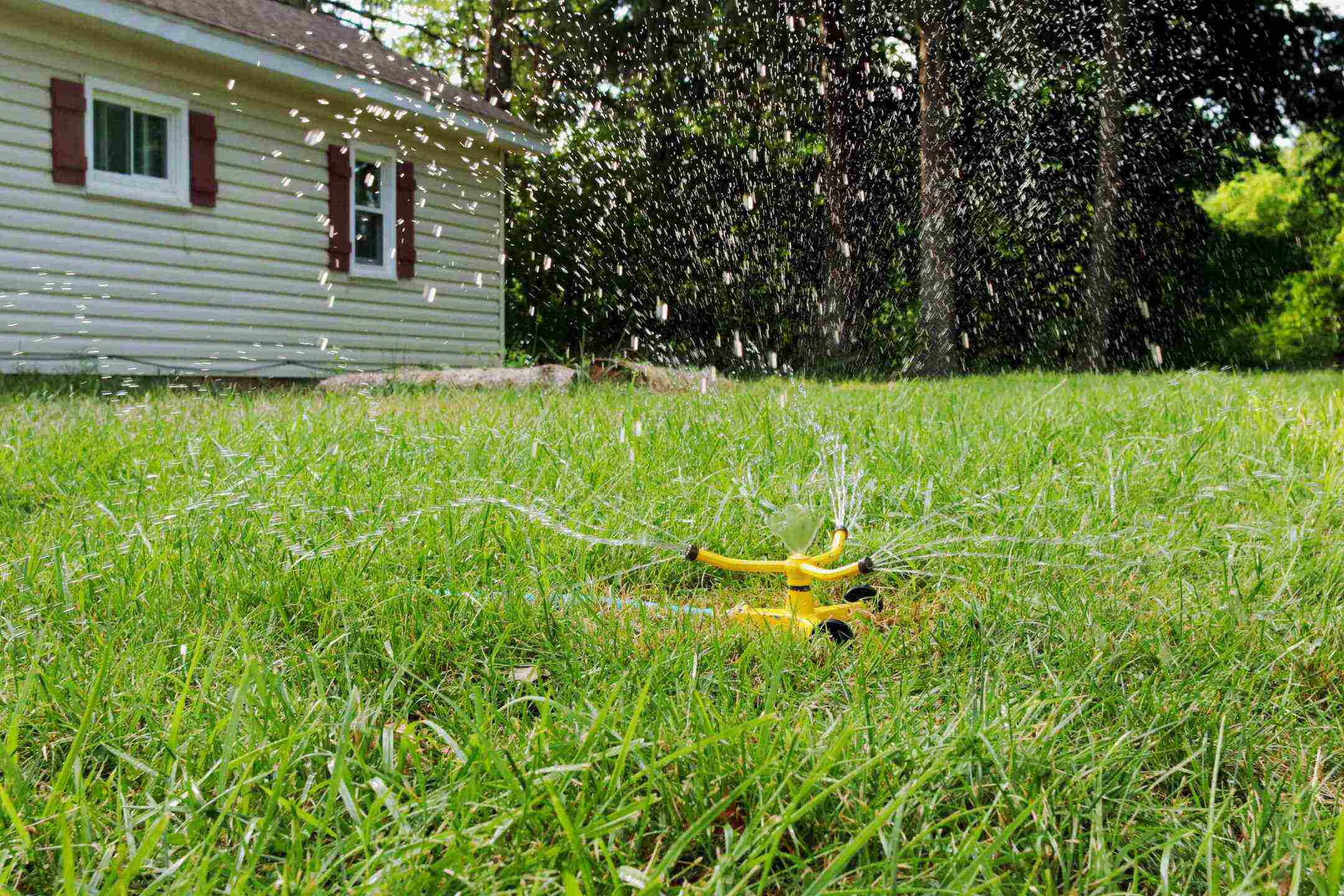
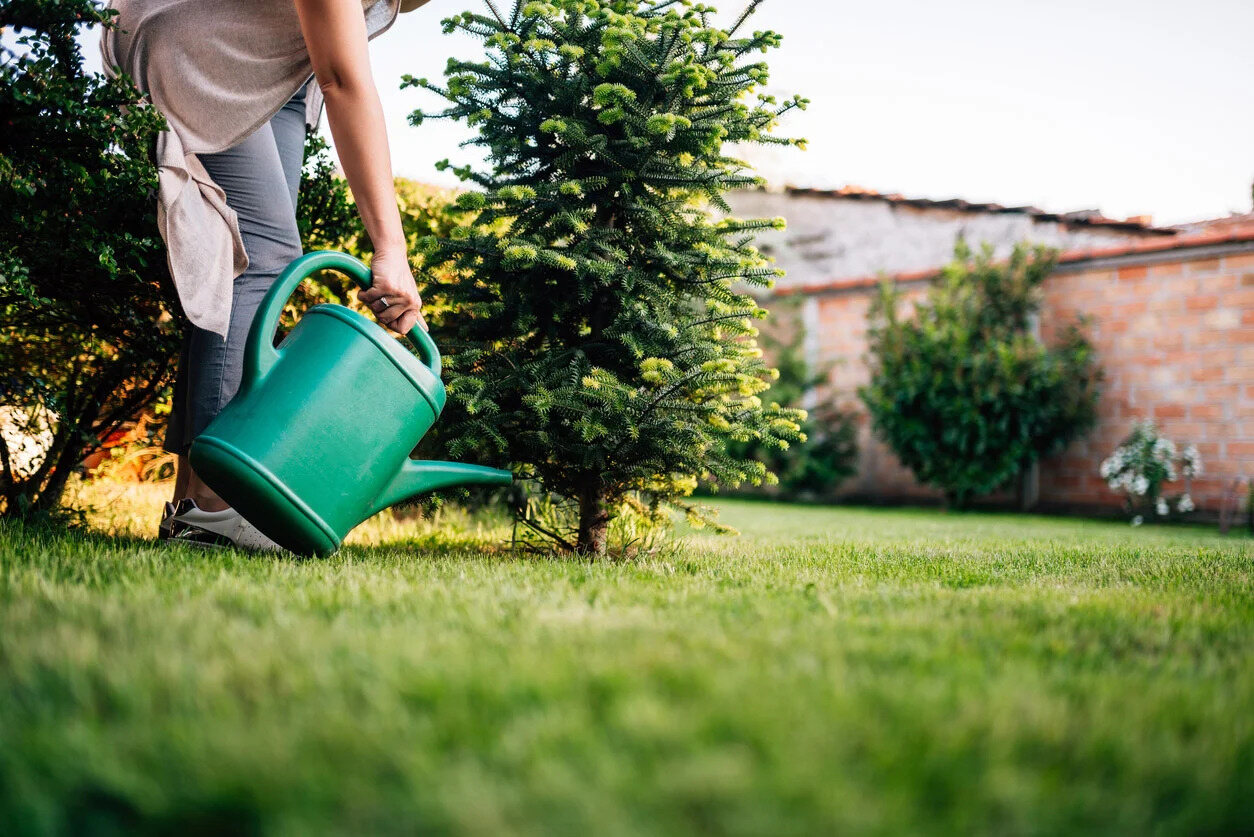

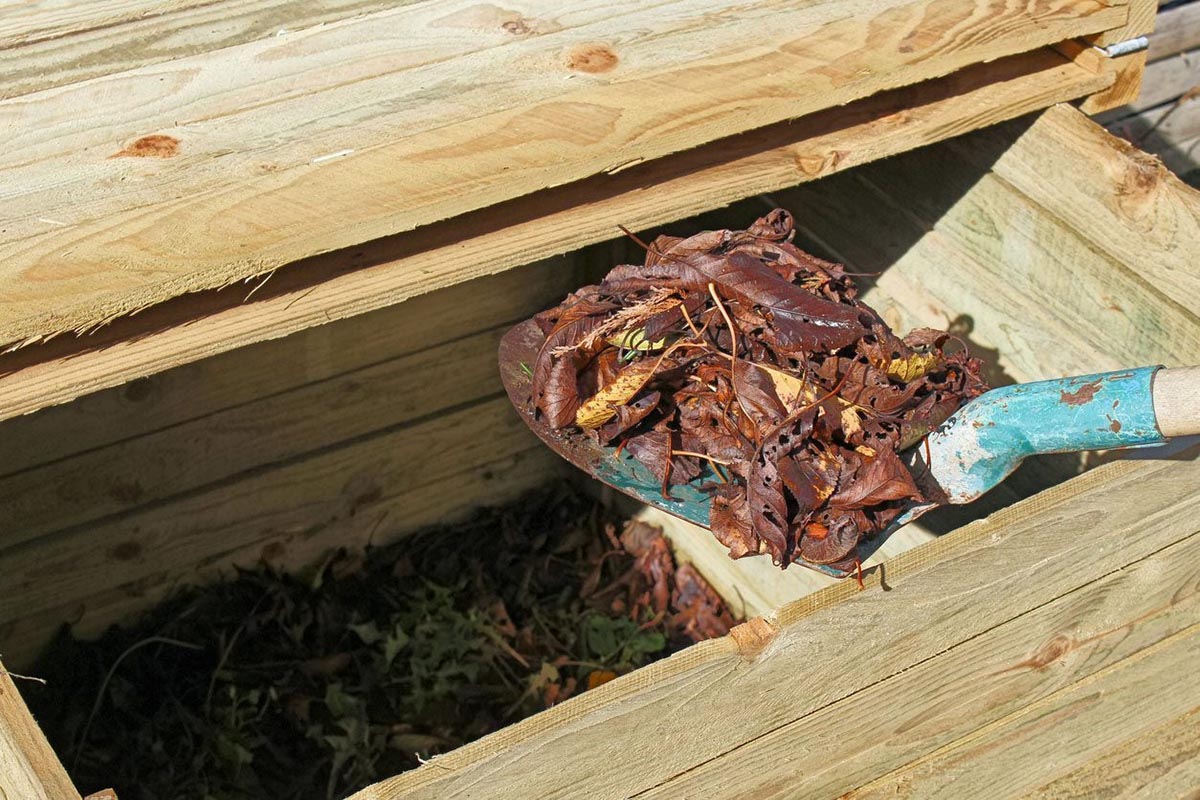

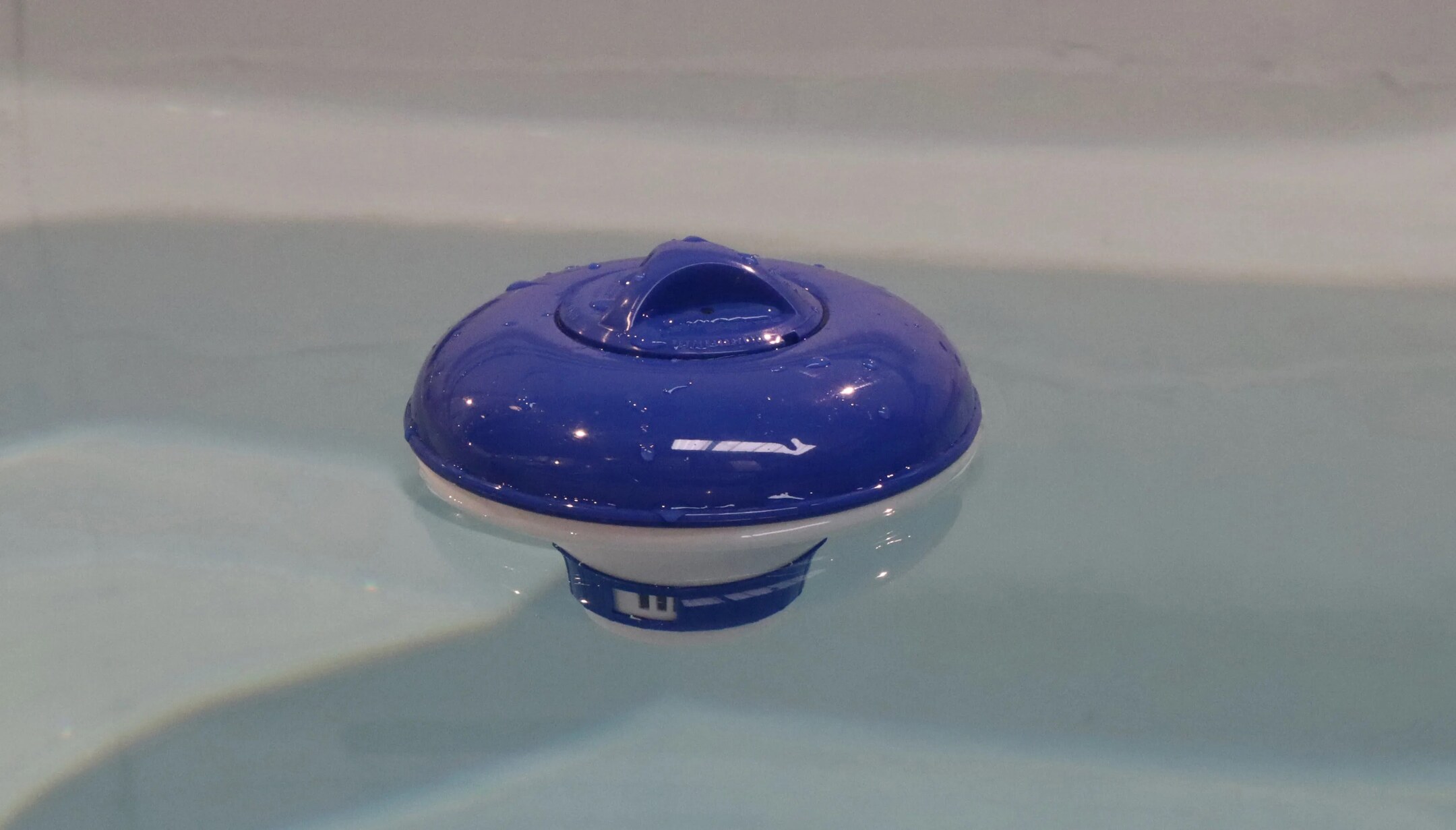
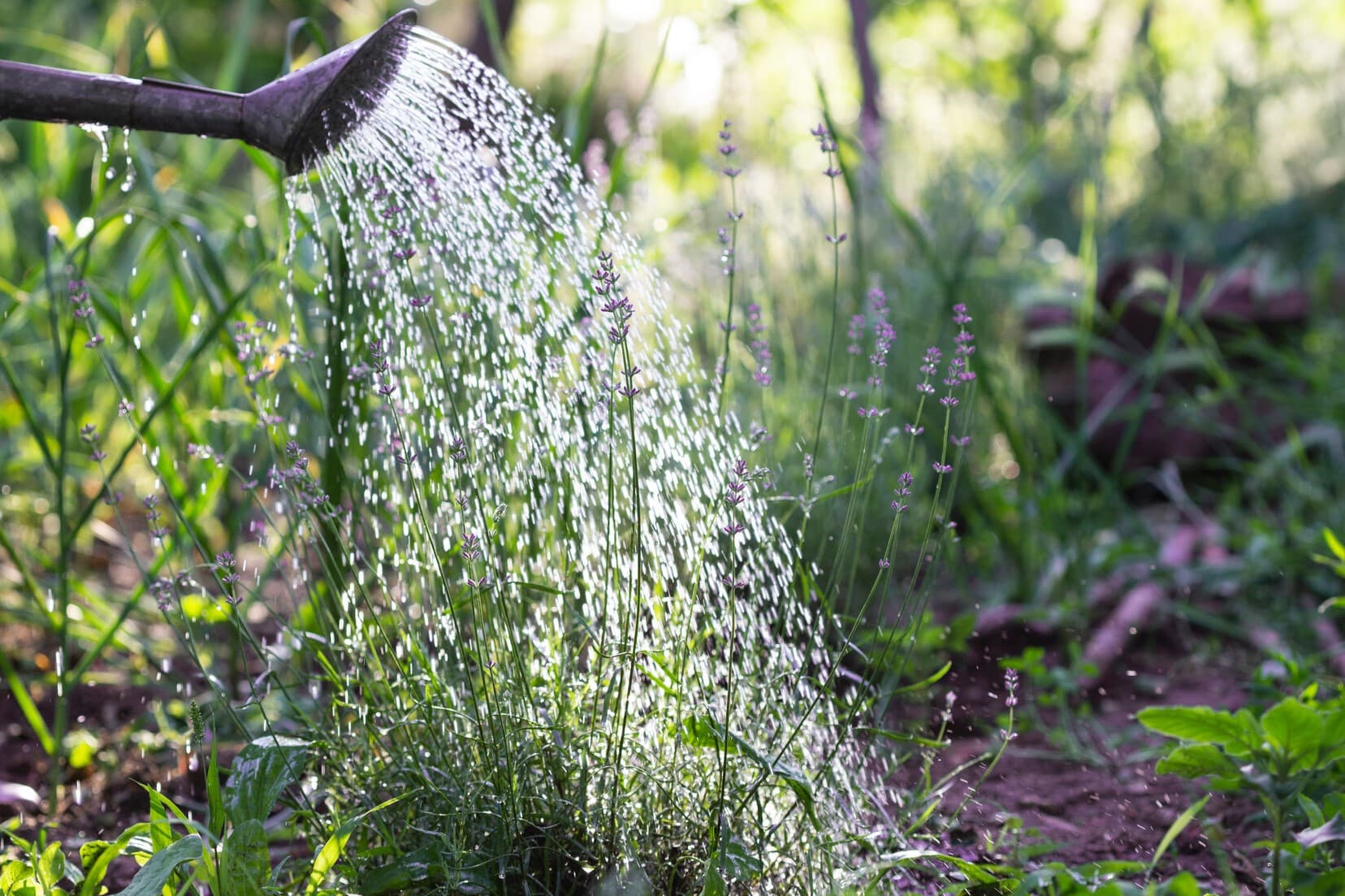
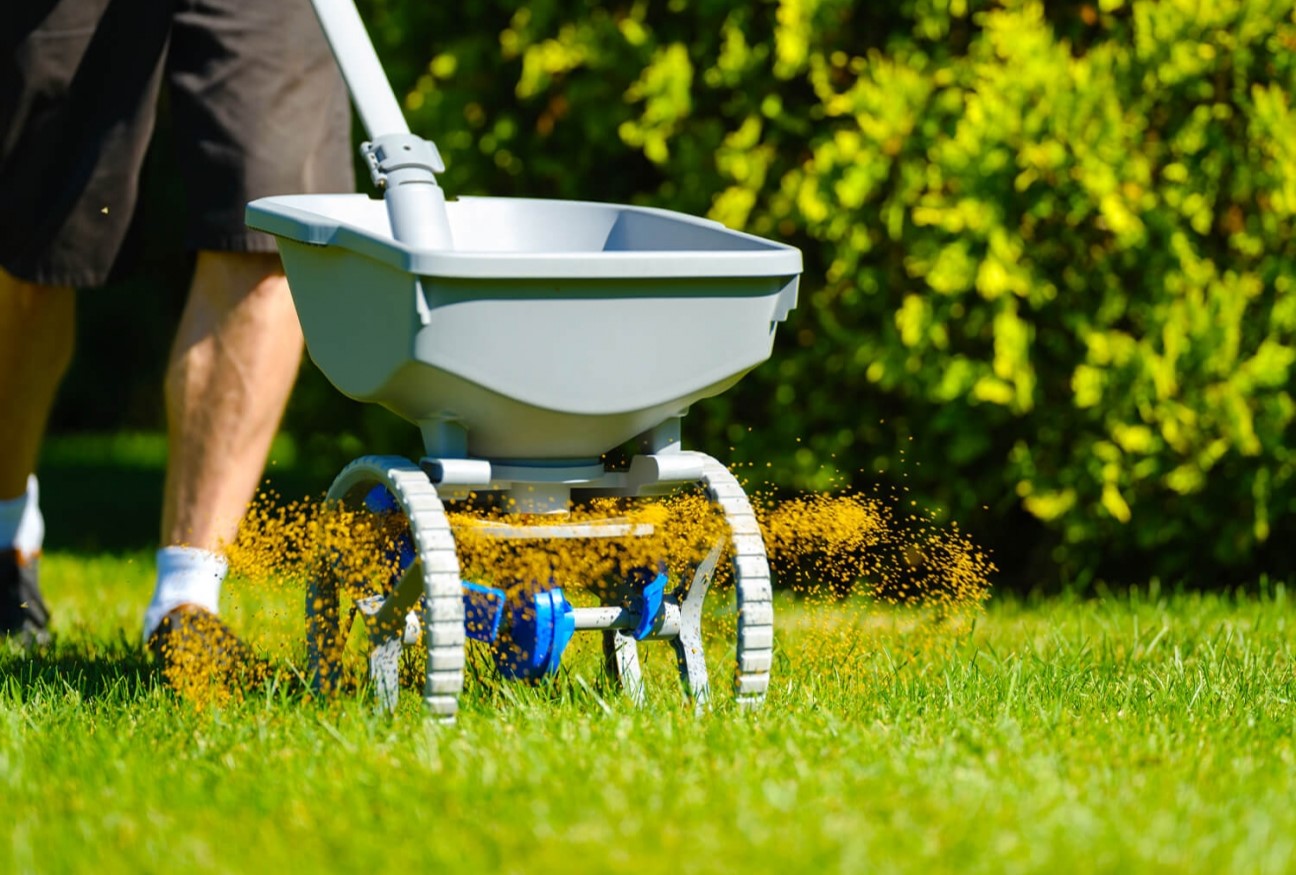
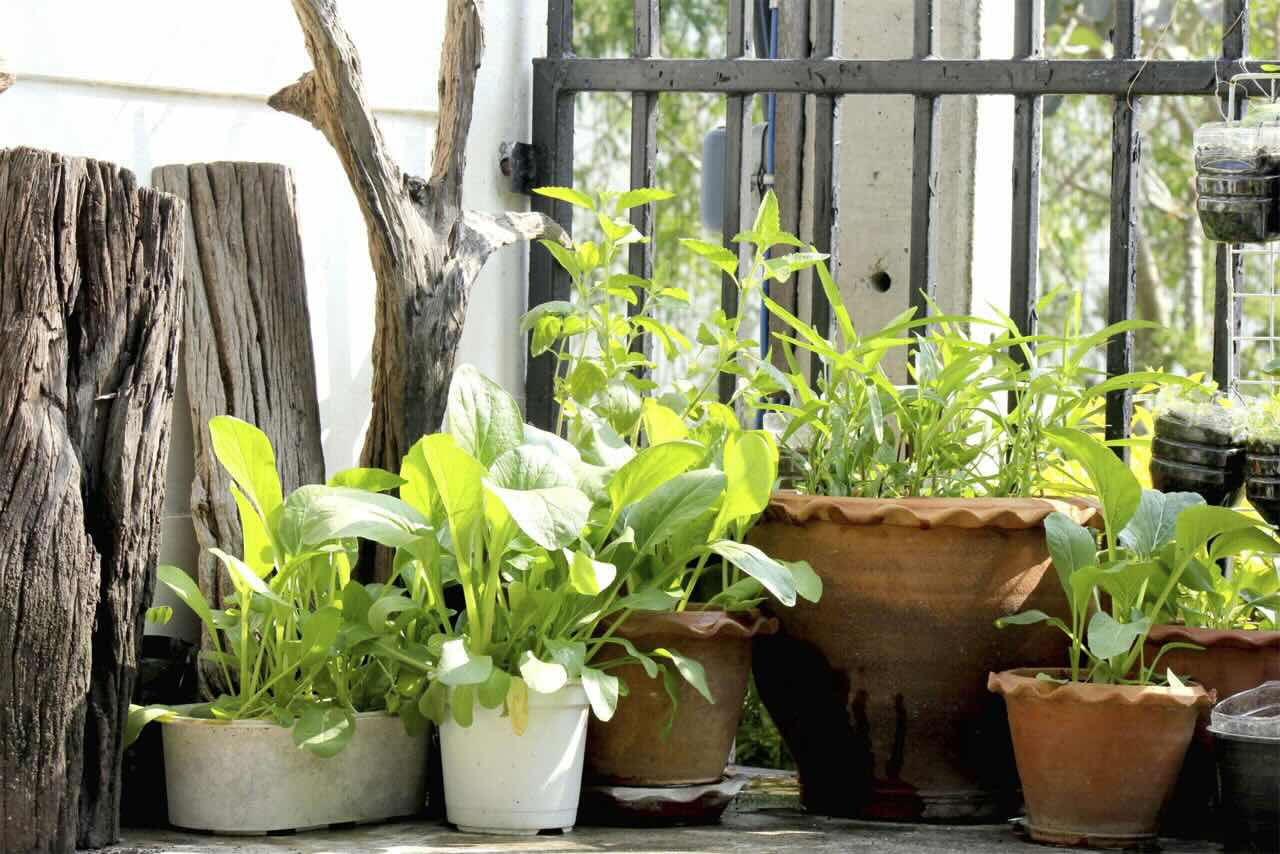
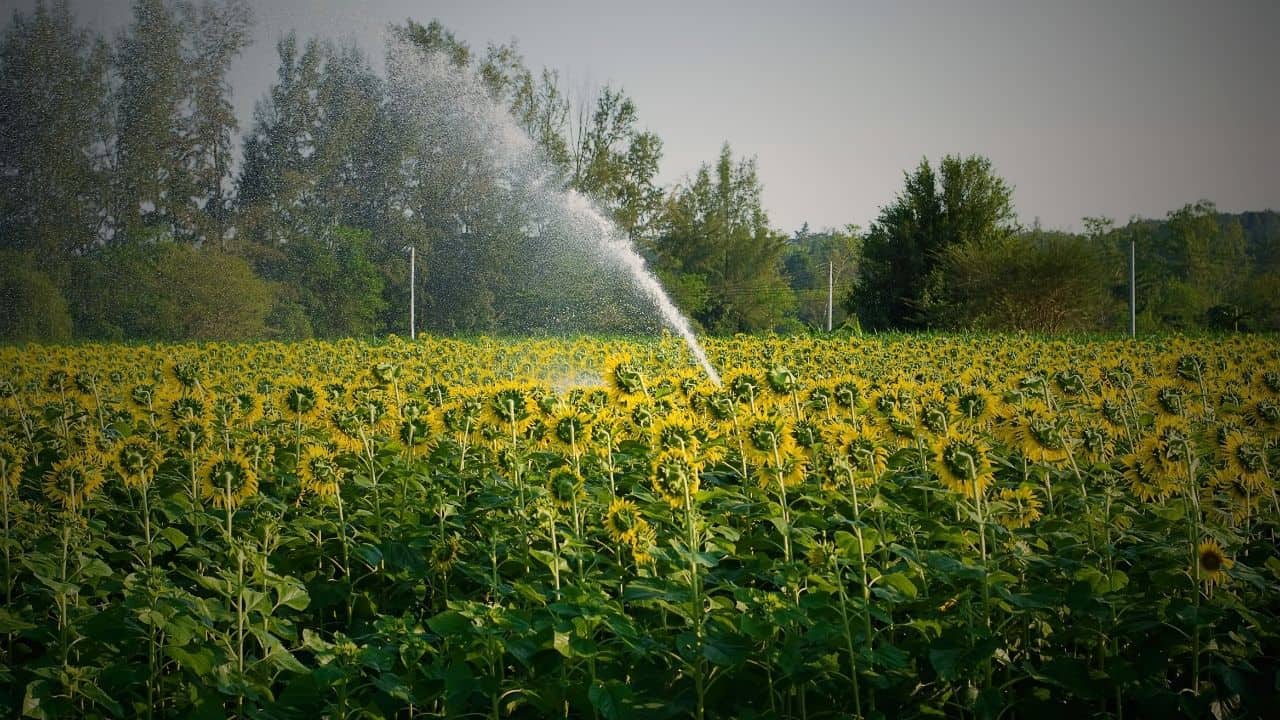


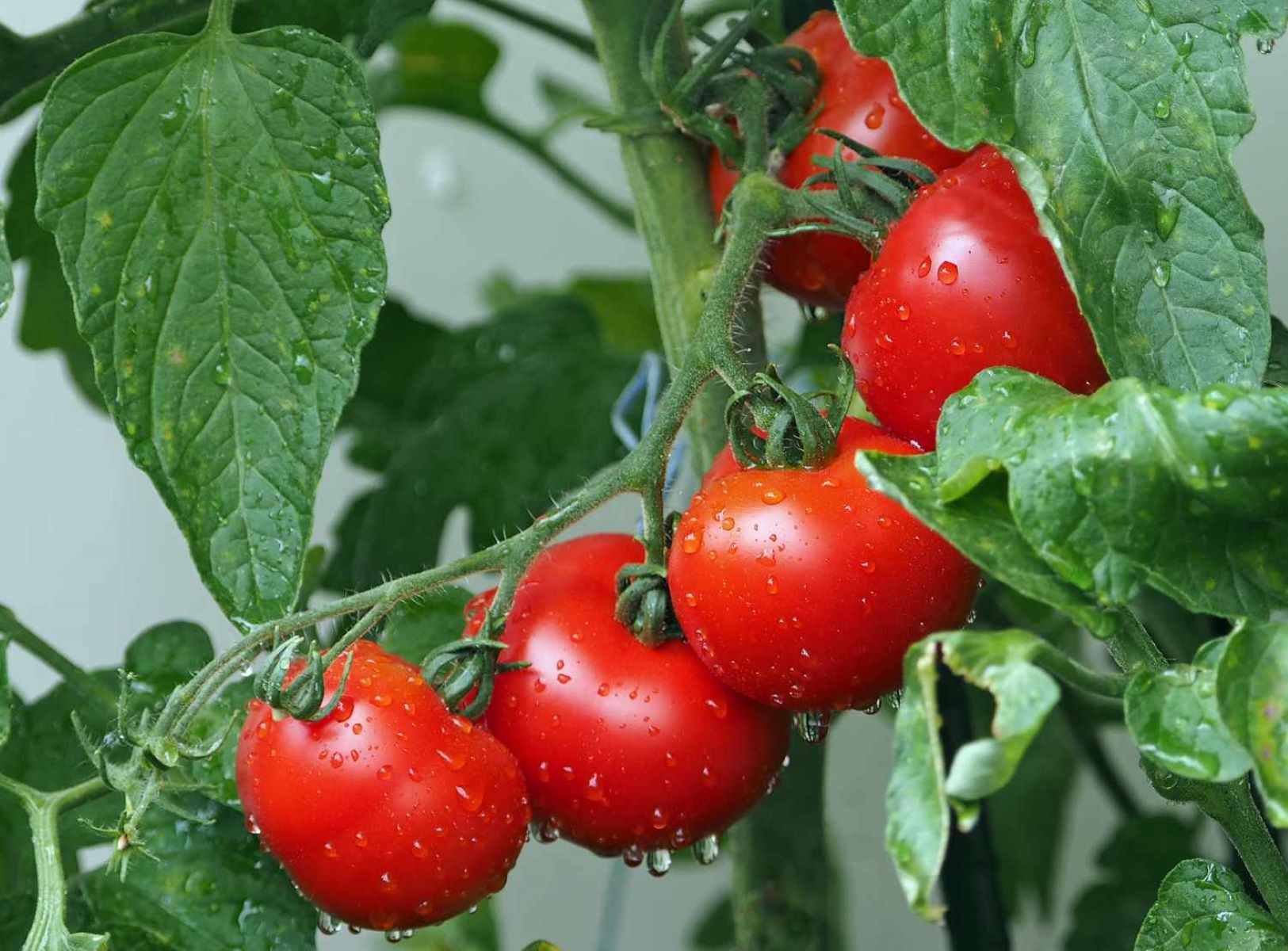
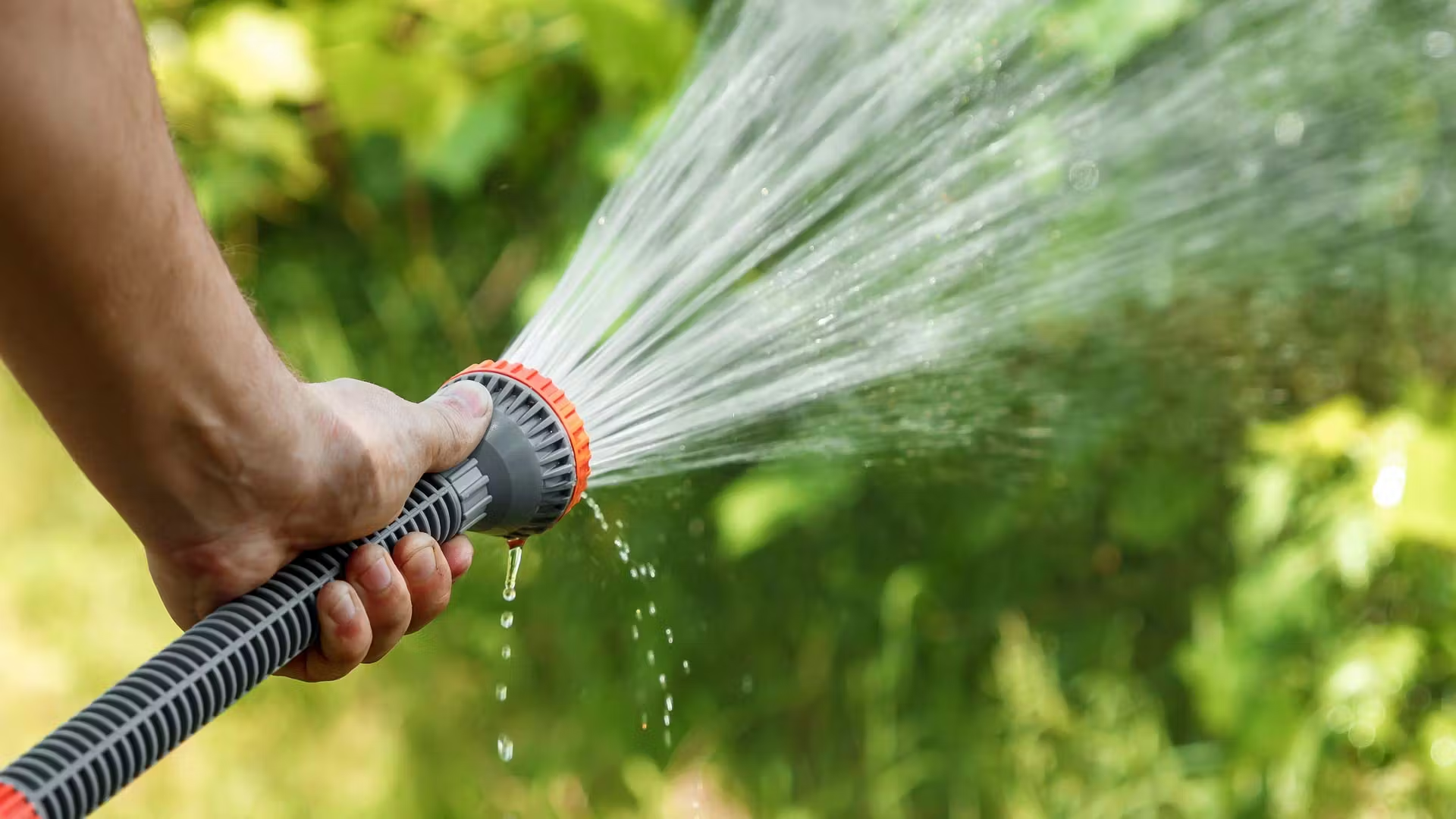

0 thoughts on “How Often Should I Seed My Lawn”